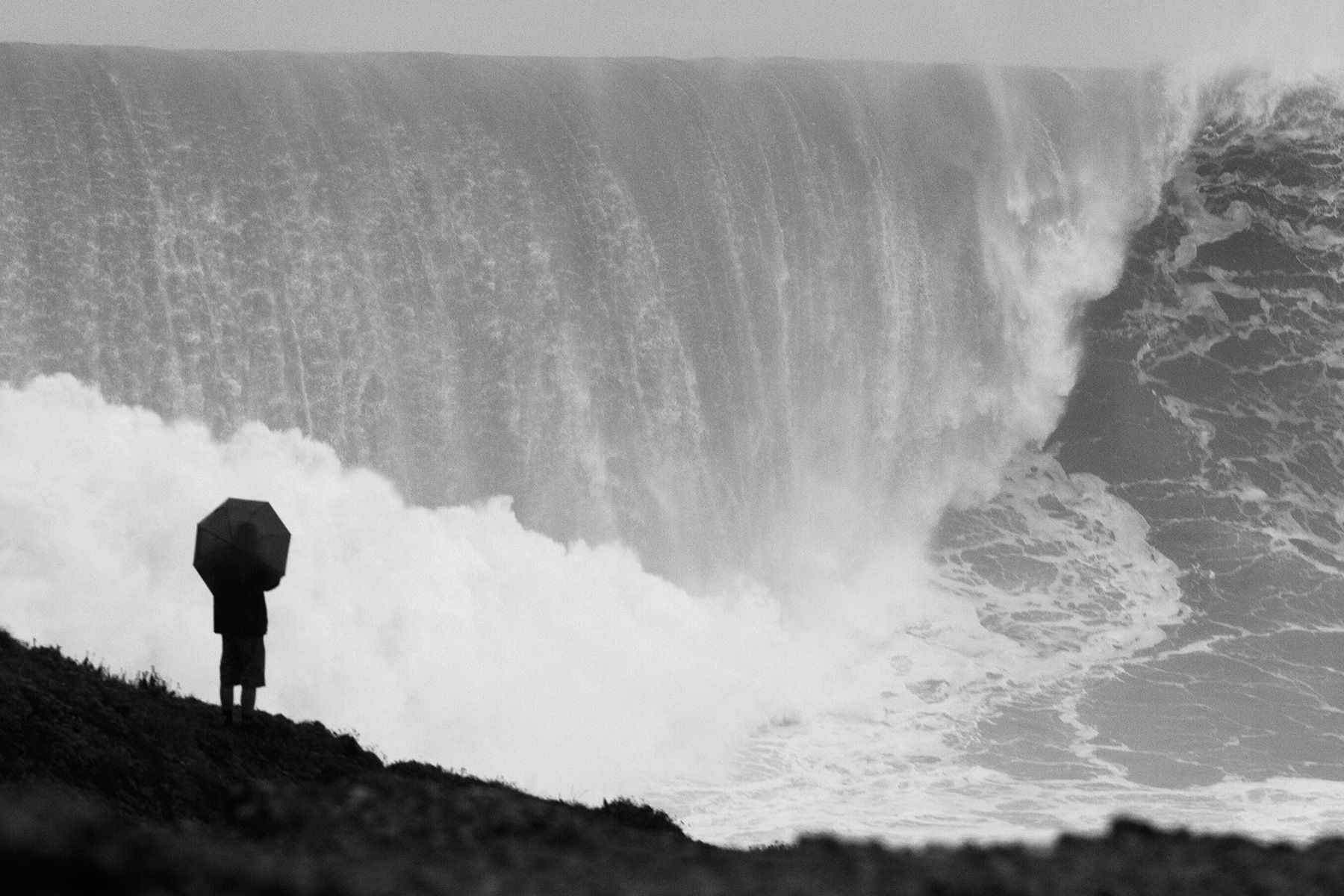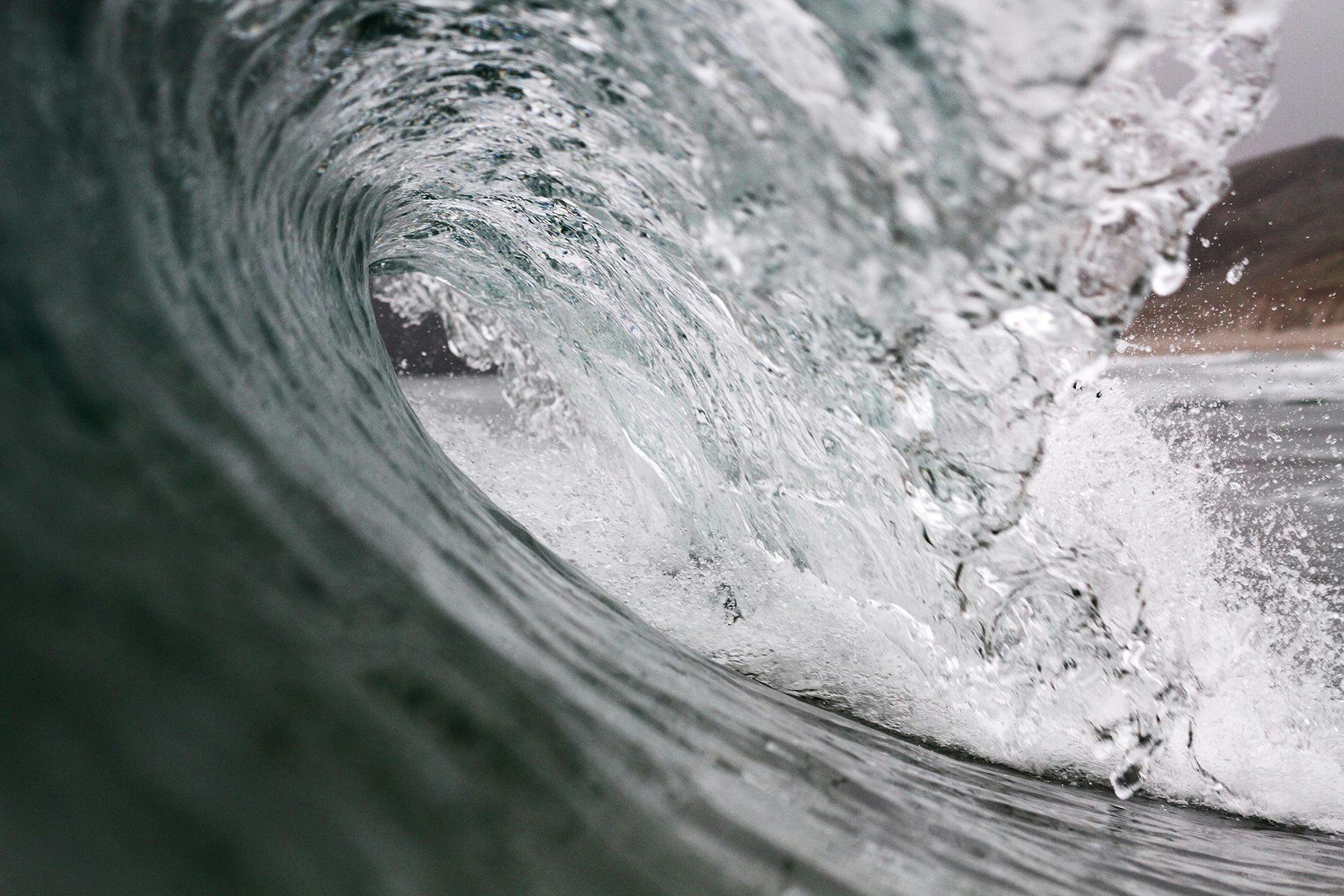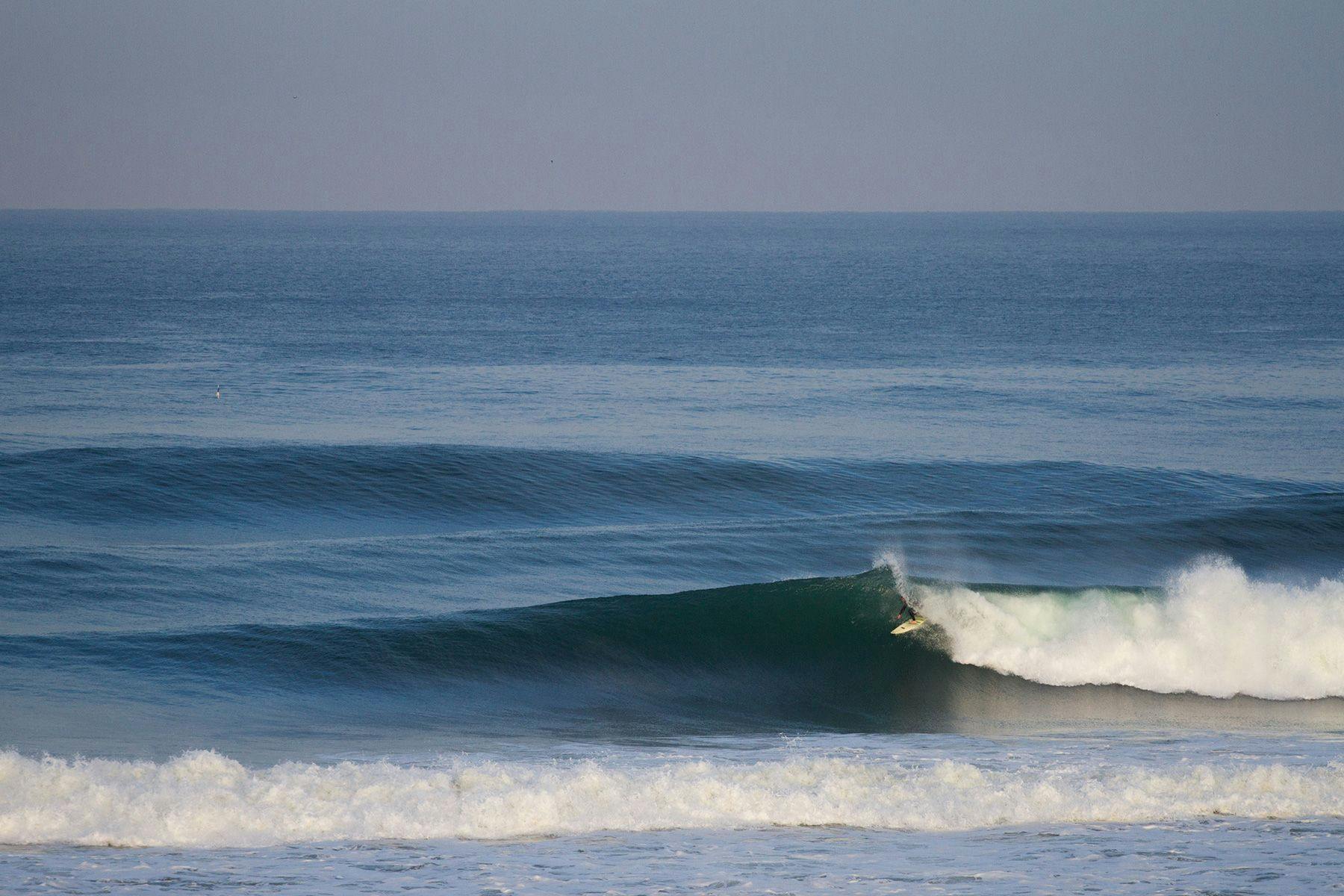Surf CoachingHow to Surf Bigger Waves

Every surfer rides big waves; it’s simply how they define “big” that varies. A “big” wave to Greg Long might be 40ft, whilst your big could be a 4ft wave, but many of the same techniques can be used to increase your confidence and push you beyond the edge of your comfort zone however you classify “big”.
There isn’t a golden ticket to riding bigger waves. Like most things in life, it is the aggregate of incremental advances in skill and confidence that get you there, but the effort is worth it because the pay-off is huge. It’s not about charging giant Jaws: It’s about being able to paddle out and have fun riding waves in the widest possible range of conditions.
“The fight is won or lost far away from witnesses – behind the lines, in the gym, and out there on the road, long before I dance under those lights.”
Muhammad Ali
The first thing to note is that there are several different possible barriers to surfing bigger waves. Recognizing, isolating, and addressing those that apply to you is the necessary first step. Do you fear deep water or shallow reefs, for example? Because they are two very different concerns. Is it a lack of confidence in your riding equipment caused by unfamiliarity, or an uncertainty over how you’ll respond if you break your leash or your surfboard? Acknowledge the barrier, and then set to work breaking through it.

Get to Know Waves
Swim out with fins and a mask on and spend some time diving under waves. Develop an understanding of how they move and break, and what happens underwater when a wave passes overhead. How close can you get before being sucked over the falls; how deep does the impact of the falling lip penetrate and can you swim between the turbulence and the sea floor? Take the surfboard out of the equation and demystify what lies beneath.
Calm: Body Follows Brain
Your body reacts physically to what you think about, and vice-versa. If you become anxious or stressed then before too long your heart rate increases, your breathing speeds up, and you may start to sweat and develop muscle tension: the impact of the automatic physiological “fight or flight” response that still lingers in our DNA. Calming techniques can be as simple as imaging yourself in a safe and familiar environment, visualizing as many details of that environment as possible and all of it in vivid color. Over 2-3 seconds this will seem ineffective but over 2-3 minutes it’s incredibly powerful. Another technique is recognizing that other surfers, who are comfortable in these conditions, are made of the same stuff as you, and are surviving. A wave hits everybody the same.
Breathe
Breath-hold training, of the sort undertaken by free-divers, increases confidence when facing the possibility of wiping out in large surf and in doing so decreases the heart rate, thus increasing the time that you can hold your breath for. Even just knowing that you can hold your breath for a long time, actually helps you to hold your breath for a long time. Several of the coaches at Surf Simply increased their static breath hold from 1 minute to over 3 minutes during a 3 day course with Performance Freediving.
Get to Know Your Gun
If the only time that you ever dust-off your step-up board or gun is when the waves are big enough to justify using it, then it’s almost inevitable that you won’t be as comfortable with your equipment as you could and should be when the big day arrives. It won’t be old-faithful because it’s not your everyday board, but you should at least know what it feels like to paddle and catch waves on, so surf your big wave board on small wave days, ignore the funny looks in the line-up and reap the rewards when the swell of the year hits.

Keep Fit
Sorry to be predictable but if you maintain a good level of physical fitness then you’ll benefit from it both directly when tackling larger waves, and indirectly as a result of the increased confidence in your body’s ability to perform.
Don’t Miss a Chance
Push yourself at every opportunity. With surfing, you don’t know when a chance will present itself and how long it’ll be before it comes around again. You can’t make a plan to surf the wave of your life on a particular date and train towards it, so train and take every opportunity you can to step outside of your comfort zone.

Prior Preparation Prevents Panic and Poundings
If you know where you’re likely to surf when it gets big, then it’s worthwhile considering in advance how you will get back to shore and maybe even what you will do should you break or lose your board. Can you paddle or swim back in through the break, or will you need to paddle or swim some distance to the nearest exit point? Don’t wait for the moment when you find yourself with a fraction of foam on the end of your leash to make that emergency action plan. It’s likely that nothing bad will happen but the process of planning will give you the confidence to attempt borderline makable waves and that’s the whole point of being out there.
Live to Fight Again Another Day
It’s fine to paddle out, take a closer look, and make the call to head back to the beach. There is no shame in retreat, but a lot that can be learnt from it.
By analyzing the areas that cause apprehension when surfing bigger or more challenging waves, a surfer can develop a tool kit to tackle them. When sat out back on a big day, having done everything within your means to prepare for this moment, all that remains is to enjoy the ride. There is nothing more that you can or should do at that point.